|
I started my classes at INSEEC's Wine & Spirits Institute last week in Bordeaux, and I'll hopefully have my MBA in Wine Marketing and Management next year. In my Sustainable Wine Business course, one of the most important points the professor conveyed to us was that you need to have a "perfect knowledge" of the wine industry if you want to survive in it, and more importantly, make a profit from it. Near the end of class, he emphasized that your "wine story" needs to be memorable when you try to market wine. He used the "F*ck Him" wine series from L.A.S. Vino in Margaret River Australia. Though I should've been thinking more about the profitability of wine business while reviewing my notes, I started thinking more about the use of profanity to market wine. Little did I know that wine labels can have a filthy mouth! I did a bit of research and came across many companies that use profanity on their label. Among my three favorite are from L.A.S. Vino and Church and State Winery. L.A.S. Vino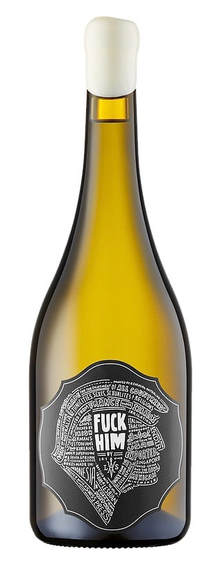 Nic Peterkin comes from a winemaking family, but he decided to forge his own path and established L.A.S. Vino in Margaret River, Australia. White wines dominate his winery's profile with Chardonnay, Chenin Blanc, Albino Pinot and a Portuguese blend with Touriga Nacional, Tinta Cão and Sousão. No wonder he was Australia's young winemaker of the year in 2016 with those wines! The one getting the most attention is the F*uck Him Chardonnay series, and it is completely sold out. To promote inclusivity, his wine label reads: "This 2015 Chardonnay was made in Margaret River, Australia from vines imported from France under Israeli irrigation, tended to by an Italian tractor, with grapes picked by a group of Irish, Germans, Estonians, and Koreans under the supervision of a South African. We pressed the grapes using a Swiss press, and a Mexican winemaker and Dutch girl transferred the wine into French oak. It was then sealed with a cork from Portugal, with wax from the Czech Republic. The wine was bottled with the help of a lesbian, and put into boxes made in Indonesia. This was written using a program downloaded from India with a label designed by a legend in the USA, proofread by an Eurasian Australian woman in New York and is exported to Singapore, Tokyo, China, and the U.K., and drank by those wanting to bring friends together from all countries, ethnicities, sexes, sexualities, and religions. F*CK HIM!" A very powerful political and economic point, which goes to show that the wine industry could never survive without multiculturalism and inclusivity! Church and State WinesThe next wine with questionable language comes from the Okanagen Valley in British Columbia, on the west coast of Canada. The profanity-laced wines are part of the estate's Lost Inhibitions series that produce a white Viognier-Riesling blend and a red Merlot-Cabernet Franc blend. The labels change vintage to vintage, and past labels included Aren't You a Ray of F*ckin' Sunshine, Oh Bloody Hell, and Hash-Tag This Mother F*cker! The purpose of these provocative labels is to attract consumers to try these entry-level wines, which might encourage them to try ranges of other wines from the estate. Just a side note, Canada is making much more than just ice wine! Niagara and the Okanagen Valley, Canada's two main wine regions, are producing everything from Bordeaux and Rhône Valley blends to many other international varieties, even Pinot Noir. If You See KayI can't end this entry without this clever name, If You See Kay - just say each word slowly, and you'll get the name of this label. The wine is from Lazio, Italy and is 80% Cabernet Sauvignon, 15% Petit Verdot and 5% Primitivo, and the winemaker claims "Kay is a creature; she is an embodiment of a lifestyle, a genre, a feeling in your gut...a force of nature, a wanderer." From looking at the label, I could definitely agree with that Kay is something special. However, the story behind this profane label goes much deeper. The expression "If You See Kay" actually originated from James Joyce's 1922 Ulysses that he adapted from Homer's Odyssey. His novel caused an uproar in the literary world at the time, but later was recognized as one of the greatest Modernist works of all time. The marketing team for If You See Kay linked their brand to Joyce's theme of not playing by the rules, so in just one bottle of red wine, you end up getting a bit of life philosophy and a lifestyle! There are many more wineries using provocative wine labels to attract consumers in such a competitive market. With Rude Names, Wine Stops Minding its Manners is a useful article that sums up the reasons behind such marketing. Enjoy!
0 Comments
I finally got the chance to pop into the renowned L'Intendant Grands Vins de Bordeaux! The wine shop has some of the most prestigious wines of the Bordeaux area like the 1855 Classified vineyards from the Left Bank, and wines from Petrus and Le Pin from Pomerol vineyards on the Right Bank. The shop stairs winds up four stories that has you pass €1,000+ price-tagged bottles. I even saw a sweet wine from Sauternes for over €7,000!
After I wrote my WSET3 exam, I had a few days before the start of my MBA in Wine Marketing and Management at INSEEC here in Bordeaux. I knew I had missed the harvest in most areas in Bordeaux, but I definitely didn't want to miss the pressing and fermentation in the wineries. The school where I did my WSET3 course and exam, Bordeaux Wine Campus, recommended Orphorus Tours, so I booked a tour to see Saint-Émilion and Pomerol. Since I've been in Bordeaux, my tastes in Bordeaux blends have moved more towards the Pauillac wines, but Saint-Émilion has a very special place in my heart since it was the very first French wine I ever tried when I was a university student in Paris many years ago. The first stop of the day was in the Pomerol appellation at Château de Sales with a private tour of the estate with one of the estate's family members. The Château de Sales is an absolutely beautiful estate that has been passed down through the same family since 1464 – that’s six centuries! The château itself was built in the early 1600s, but it didn’t become a functioning vineyard until the late 1700s. Like other Pomerol estates, Merlot dominates the vineyard at 72% with Cabernet Sauvignon at 15% and Cabernet Franc at 13% making up the rest of the estate. Most of the vines are about 35-years-old and there are a few old vines that are over 50 years of age. The soil consists of mostly gravel and sand with a bit of clay. Another interesting point about Château de Sales is that it’s the largest estate in the Pomerol appellation! After walking through the estate and its gardens, it was into the winery! Now, I'm sure Château de Sales won't be too thrilled that my favorite part of visiting the estate was that I was thrilled to learn about the waste from winemaking! As soon as you walk into the winery, you can smell the fermentation of the grapes - it's like a yeasty, cranberry-type of smell. Our group was quite lucky since we were able to see the winery staff cleaning out the cement vats that had their juice pumped out of them and were in the process of cleaning out the pomace, or marc in French, which is the leftover parts of the grape like the skins, pulp, seeds and stems. There is a type of pump contraction that's put into the door of the vat, and it sucks out all the pomace into a large sieve-like container. Winery workers then go into the vat to shovel out anything the pump can't get out. All of this waste is then dumped into a big pile outside of the winery. Our guide had apologized that there were these small gnats flying around since they're attracted to the pomace. However, those little gnats were nothing at all when you've grown up swatting away hundreds of black flies in the Canadian bush (those from Northern Ontario know that the proper name for wilderness/forest is 'bush'). This pomace is a type of environment waste since it contains residual ethanol from the fermentation, so the European Union strictly regulates its disposal. Most of the pomace is sent to distilleries where it can be used to fortify spirits or for other industrial application. Some of the extracts can even be used in skin-care products. Caudalie is the most known French cosmetics company that uses pomace extracts, and is headquartered in Bordeaux. I found some an interesting article from PalatePress that goes into more detail about the uses of pomace, Pomace to Pours: Perspectives and Power Dealing with Winery Waste. There's also another article from WineFolly that looks as other winery waste products, Five Upcycled Products from Wine Waste. One of my favorite parts of visiting wineries is going into the cellars where the barrels are kept to age the wine. I love the smell of the oak, and stiff the barrels from different makers. I then can't finish this post without talking about Château de Sales barrel aging process since the complexity of this process makes it so interesting. The château ages 50% of its wine in French oak barrels and the other 50% in tanks. For aging in oak, only 5% of the barrels are new, 30% are one-year-old barrels, another 30% are two-year-old barrels, and the rest of the barrels are three-years old. That sure is a lot of blending! To finish up the tour, we got a chance to taste both the first and second labels of the estate in a gorgeous, wood-beamed tasting room. The first label is Château de Sales and the second one is Château Chantalouette (previously called Clos de Sales). Although I'm starting to drink more Left Bank wines, I really love the fruitiness in Pomerol wines, especially the fresh red cherry and raspberry fruit flavors in the Chantalouette, which also had a bit of clove and mocha. I ended up buying one of each; a 2010 Château de Sale to hopefully lie down for about 10-15 years, and a 2014 Château Chantalouette to keep for a few years, or even drink this Christmas when I'm back in Tokyo for my school break.
I’ve noticed on many Pomerol wine labels that you can find a Maltese cross, so I did a little research and found out that it is the cross of the Hospitallers of the Order of Saint John of Jerusalem, known today as the Order of Malta. The Romans and the Hospitallers were the first to grow vines in Pomerol, and the Hospitaller later went on to build hospices along the pilgrimage route to Santiago de Compostela through Pomerol in the twelfth century. These hospices gained a reputation for being very welcoming and for helping pilgrims recovers from their journey with Pomerol wines. You might have also noticed that at the center of the Maltese cross that there is a scallop-shell. This is the symbol for the James the Greater, who was the first of the twelve apostles martyred for his faith. Intriguing how so much history is wrapped around a bottle of wine on its label! After our visit to Château Gaudet, our last stop of the day took us all the way up to the Saint Émilion escapement where Château de Ferrand sits grandly on the top. The château’s history dates back to the 17th century, and is one of the oldest estates in the appellation. Surprisingly, the estate has belonged to only two families during its 300-year history. Elie de Bétoulaud passed down the château to his descendant the Marquis de Mons and his heirs, and then the Bich family purchased the estate in 1978. The family famous for creating the Bic pen company – you can understand why the ‘h’ was dropped from the company name, right? After the purchase, the Bich family completely renovated and modernized the entire estate that covered the vat room, cellars and vineyards. During our visit, the château was undergoing another refurbishment. Nowadays, Pauline Bich Chandon-Moët and her husband Philippe Chandon-Moët manage the estates. Chandon-Moët probably sounds familiar since it is also the family that runs one of France’s biggest Champagne houses. The Merlot (75%), Cabernet Franc (15%) and Cabernet Sauvignon (10%) vines are planted at elevations ranging from 46m to 100m above sea level giving it one of the highest elevations in the appellation and a great view of the Dordogne valley. The 42-hectare estate benefits from cooler temperatures and better expose than the lowlands at the bottom of the slope. The vineyard soils well-drained with a high concentration of clay on a hard limestone bedrock. When I took my WSET3, there was only a little information about soils types in each region, so I always wanted to know more about soil. For the next part, I’m going to geek out on the two main soil types you can find in Saint Émilion, which are limestone and clay. Limestone is a type of rock that is made up of mostly seashells and a bit of sand and mud that were crushed together millions of years ago. Since there is a high level of calcium carbonate in limestone, it’s perfect for growing vines since the calcium can retain moisture when there are dry vintages so that the vines get enough water. Limestone also provides good drainage, which is especially important when there are wet, rainy years. As you know, great wines don’t come from wet soils. There are different types of limestone: chalk is the purest type while Astéries is the hardest type. Astéries was actually used to build many of the châteaux around Bordeaux because of its weight and density. Now you’re probably wondering where the clay soil comes from in the region. Over time, limestone breaks down due to its high pH and calcium and develops into clay. Clay is just degraded limestone, and this is why you can find both limestone and clay in the same terroir. Now, we’re going to get a little technical about clay. The key word to remember about clay is CEC, which is Cation Exchange Capacity. This is a type of soil feature that influences the soil’s ability to keep nutrients. If a soil has more clay in it, it has a higher CEC – a better ability to retain nutrients. Merlot thrives in clay-based soils, so it is perfectly suited to Saint Émilion. The clay acts like a sponge and soaks up water when it rains, and then it retains this water for the vines and replenishes them during dry periods along with the nutrients from the soil. When the clay dries out due to lack of water, it cracks and develops fissures. This allows the roots can burrow deep into the soil to find water. At the end of our tour, we finished up with tasting the wines from Château de Ferrand. My favorite was definitely the 2014 vintage since the fruit was fresh and juicy with red cherry, plum and blackberry on the nose and palate with some earthiness. The wine was well-structured and balanced, so it can keep for at least another 10-15 years in which it will evolve even more. The limestone terroir came through in the wine with its mineral character as well.
Château Guadet on the outskirts of Saint-Émilion was the next stop of the day. It’s a small estate of 5.5 hectares on the edge of the region’s limestone plateau with its Merlot (75%) and Cabernet Franc (25%) vines growing in clay and sand. Though small in size, its history like many other French chateaux is grandiose. The wine label is a history lesson in itself, which shows the image of Marguerite-Élie Guadet (1766-1794), and if you’ve been to Saint-Émilion, you may have even walked down the village’s main street with the same name. Guadet was a Bordeaux lawyer and also leader of the Girodin faction – these were your moderate bourgeois revolutionaries. They supported the abolishment of France’s feudal system and taking away some of King Louis XVI power, but they didn’t really want to overthrow the entire system. Despite his opposition to the eventual overthrow of the monarchy in August 1792, Guadet was still elected as a deputy to the National Convention – this assembly was tasked with the job to write a new constitution for the country. However, Guadet got into some trouble with his opposition to the extremists in the Jacobin Club, who promoted extreme egalitarianism through the use of violence. The radical democrats eventually kicked him out of the Convention after they overthrew the assembly. Guadet had to flee for his life, and hide in the tunnels below Saint Émilion, but was eventually found and then brought to Bordeaux where he lost his head to the guillotine. His head and name now adorns the label of Château Guadet. Now, if you’re thinking that the story of Château Gaudet is over, well that was just the beginning. Like wine, the story evolves a bit more. While we were in the barrel room, our guide, one of the staff at the winery, pointed out a painting looming over the room that had a blue-shirted man standing in a vineyard holding a bottle of wine. Just a few minutes later, the door to the barrel room opened up and sunshine streamed into the darkened room. A tall figure walked in, and when he stepped out of the shadows, it was the same man from the painting. It was Guy-Pétrus Lignac, great nephew of Marie Louise Loubat and the estate manager of Château Gaudet.
For those of you not familiar with the Pétrus name, it is a wine estate in Pomerol that is on the eastern border of the Saint Émilion appellation. The Merlot wines are among the most expensive wines in the world with a 750ml bottle selling for about $2600 USD. The Pétrus estate first came to fame in the 1940s when Loubat entered into a partnership with Jean-Pierre Moueix, a Libourne wine merchant, in 1945. The partnership allowed Loubat to focus on the quality of her wines while Moueix marketed them since he had acquired exclusive selling rights to them. The wines started to flow into the U.S. market, and gained even more prominence when they were served at the wedding of Princess Elizabeth and Prince Philip in 1947. Despite the growing success of Pétrus, tragedy hit the vineyards in 1956 after frost destroyed two-thirds of the vineyards. Rather than replant, Loubat went against tradition and decided to re-graft new vines on the rootstocks that did survive the frost. In this way, the average age of the vines remained high since older vines produce better fruit that the young ones. This was the first time for coppice, recépage in French, to be used on the Right Bank, and it has since then become a standard vineyard practice. After the death of Loubat in 1961 her niece and nephew inherited the estate, but a share of the vineyard was also left to Moueix, the Libourne wine merchant to serve as a tie-breaker if there were any disagreements about the estate and to maintain his influence. It was rumored that the niece and nephew fought over the estate with the niece representing the estate for a period of time before Lignac sold his shares to Moueix. Eventually, Moueix acquired all of the shares, and his family continues to run the estate until this day. Mr. Lignac only stayed long enough to greet each of us, before he went back into the shadows and out the door back into the sunshine. Just for a brief moment, we had a bit of Pétrus history with us before we went down into the winery's tunneled-cellars similar to the ones where Gaudet hid over two hundred years ago. |
Archives
November 2017
Categories
All
|
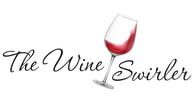
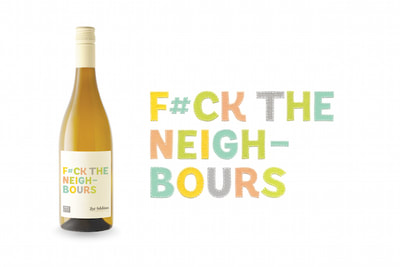
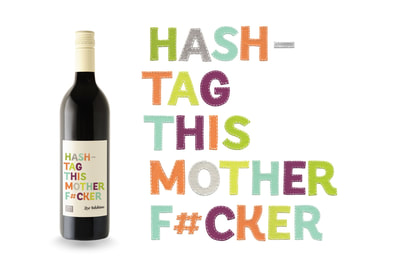
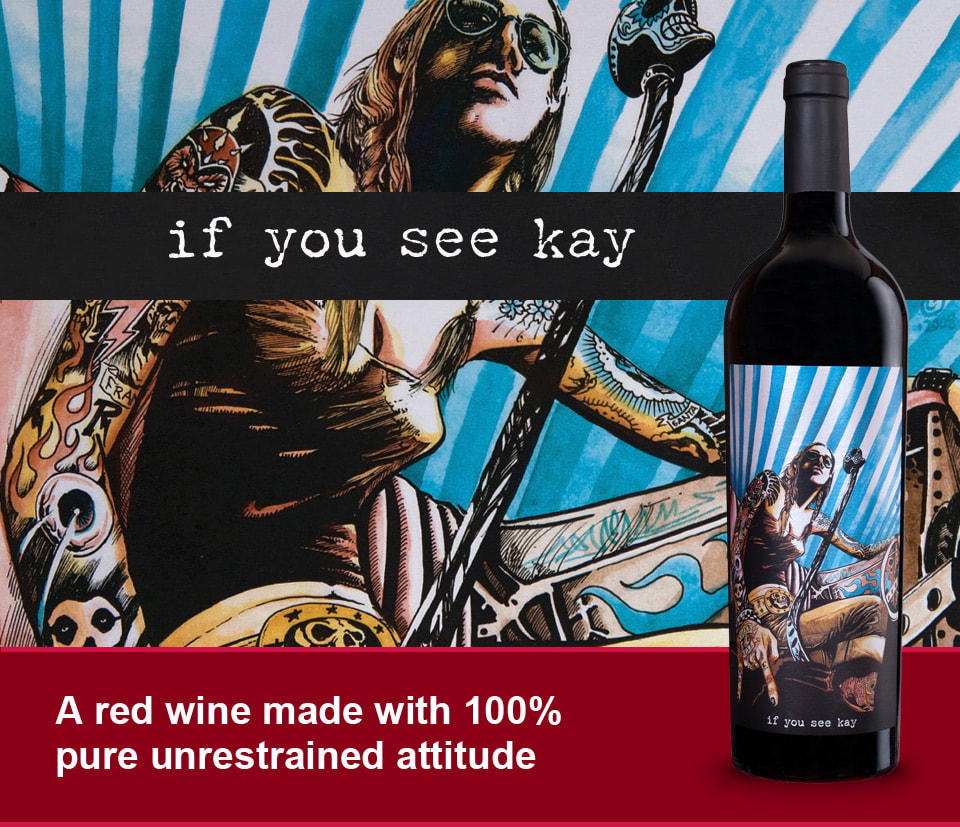
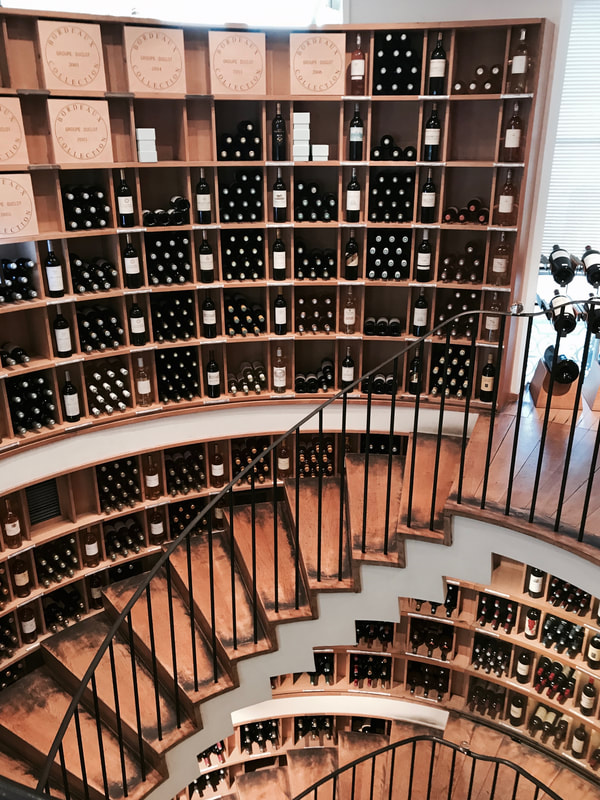
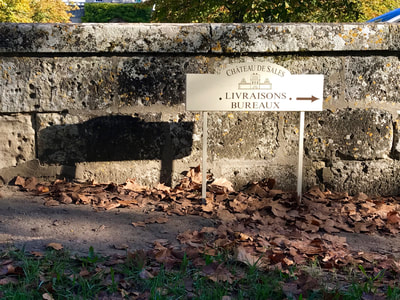
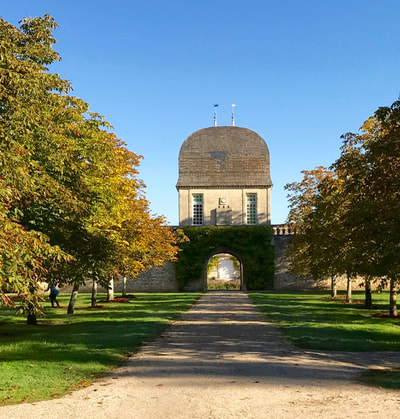
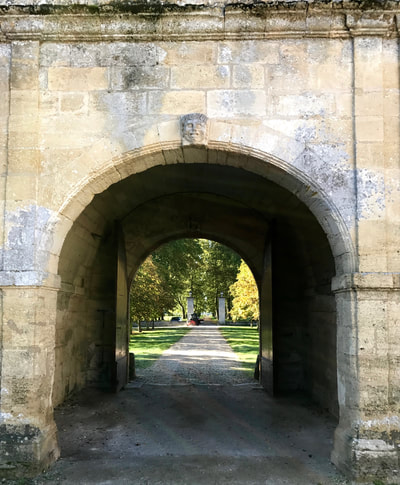
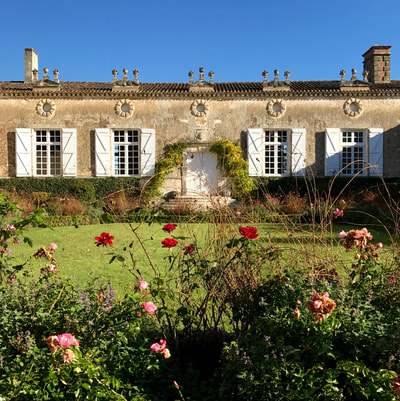
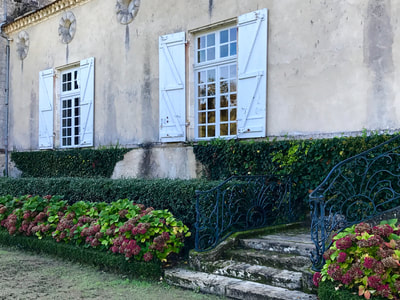
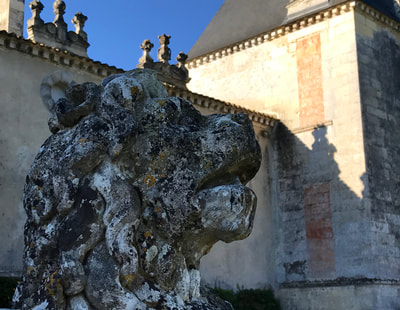
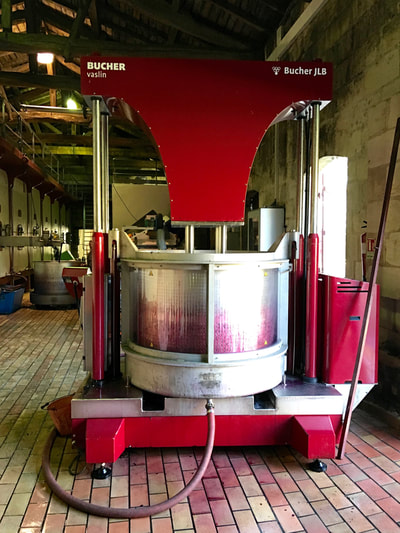

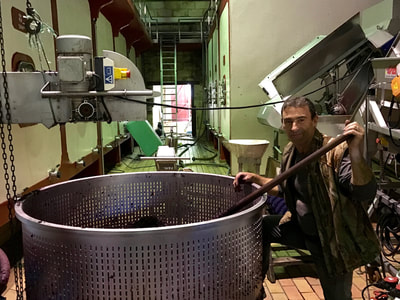
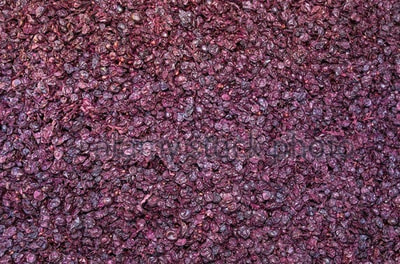
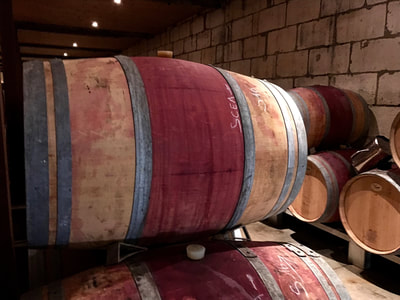
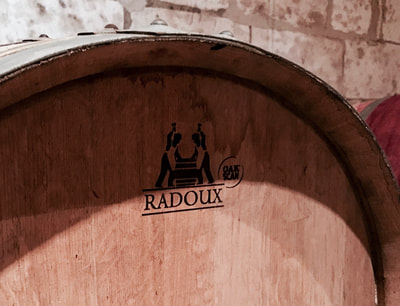
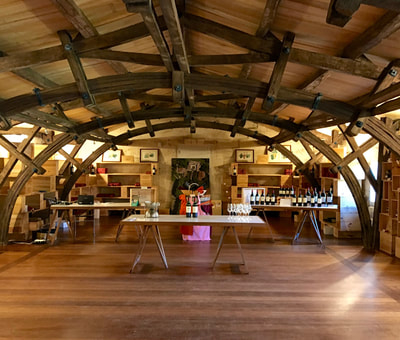
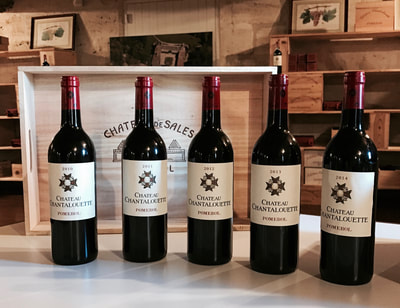
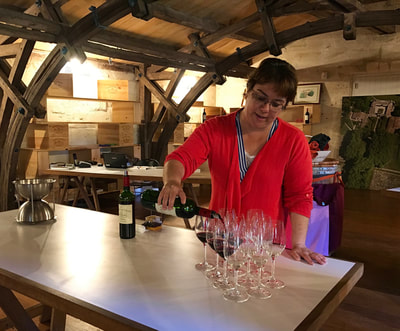
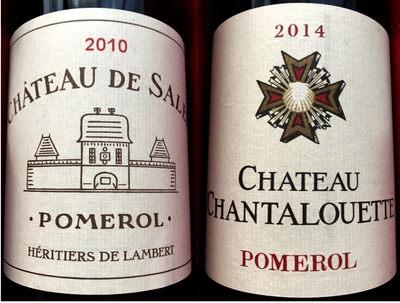
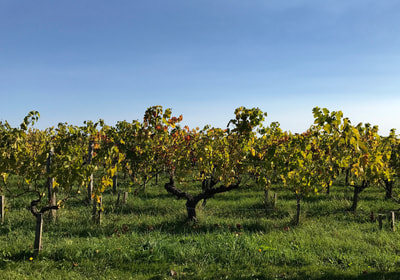
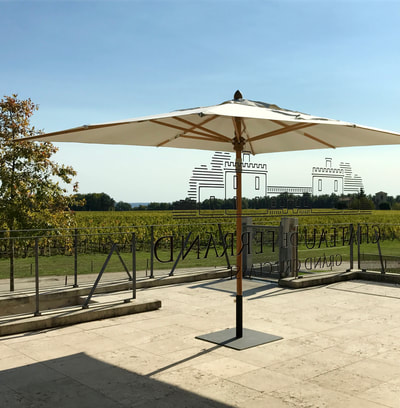
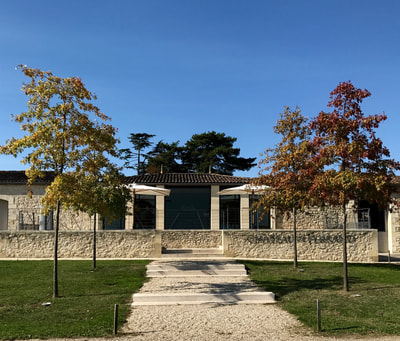
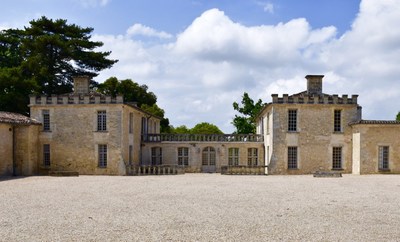
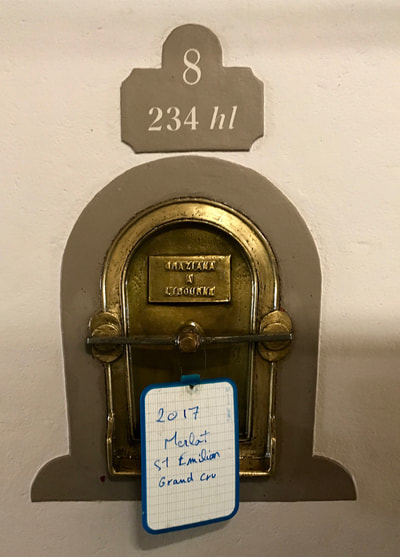
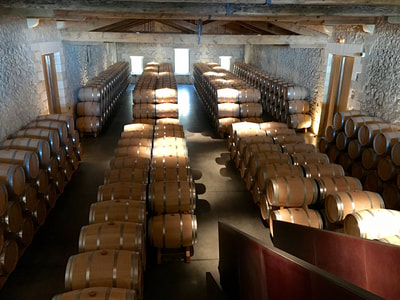
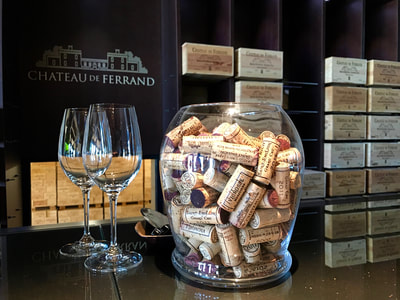
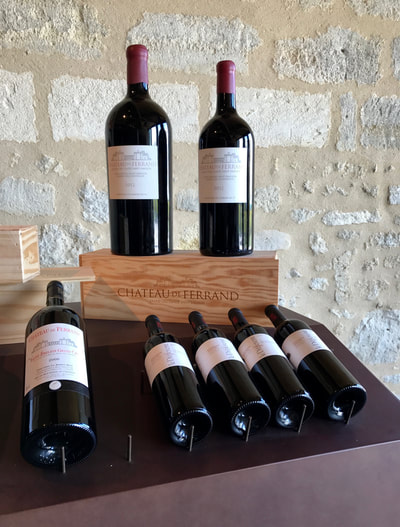
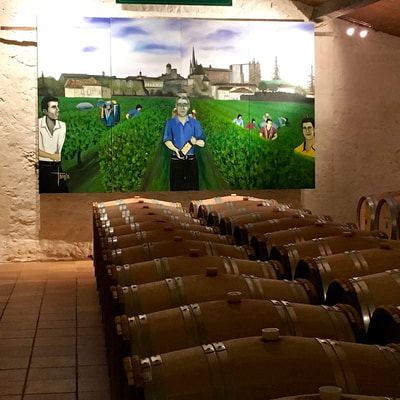
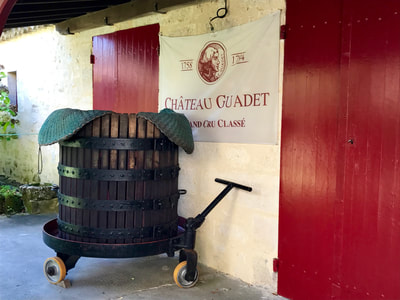
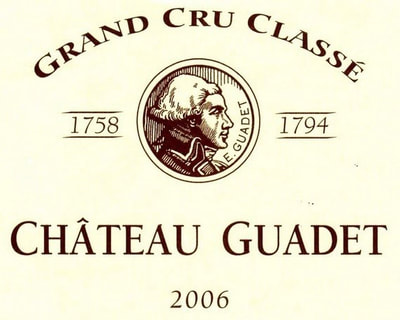
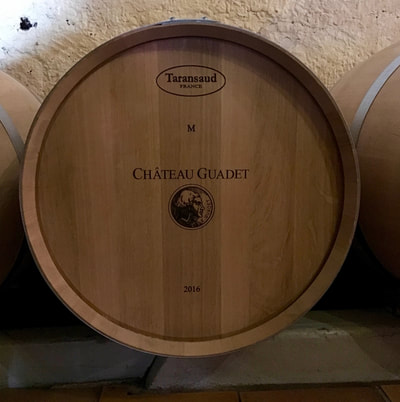
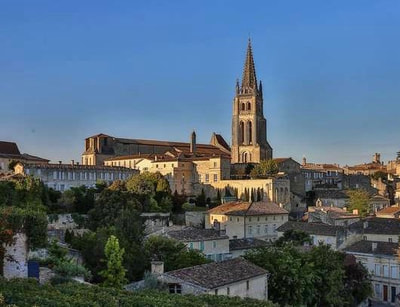
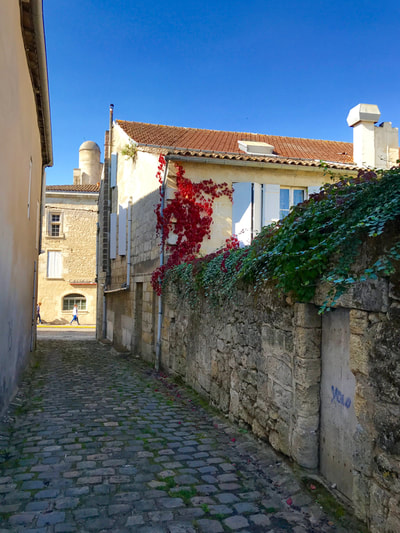
 RSS Feed
RSS Feed
